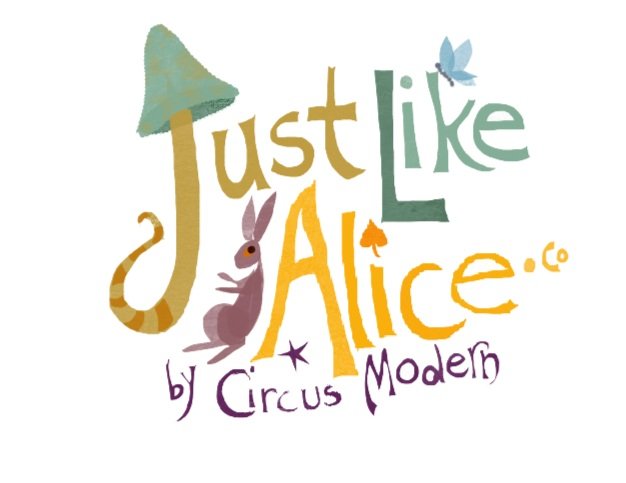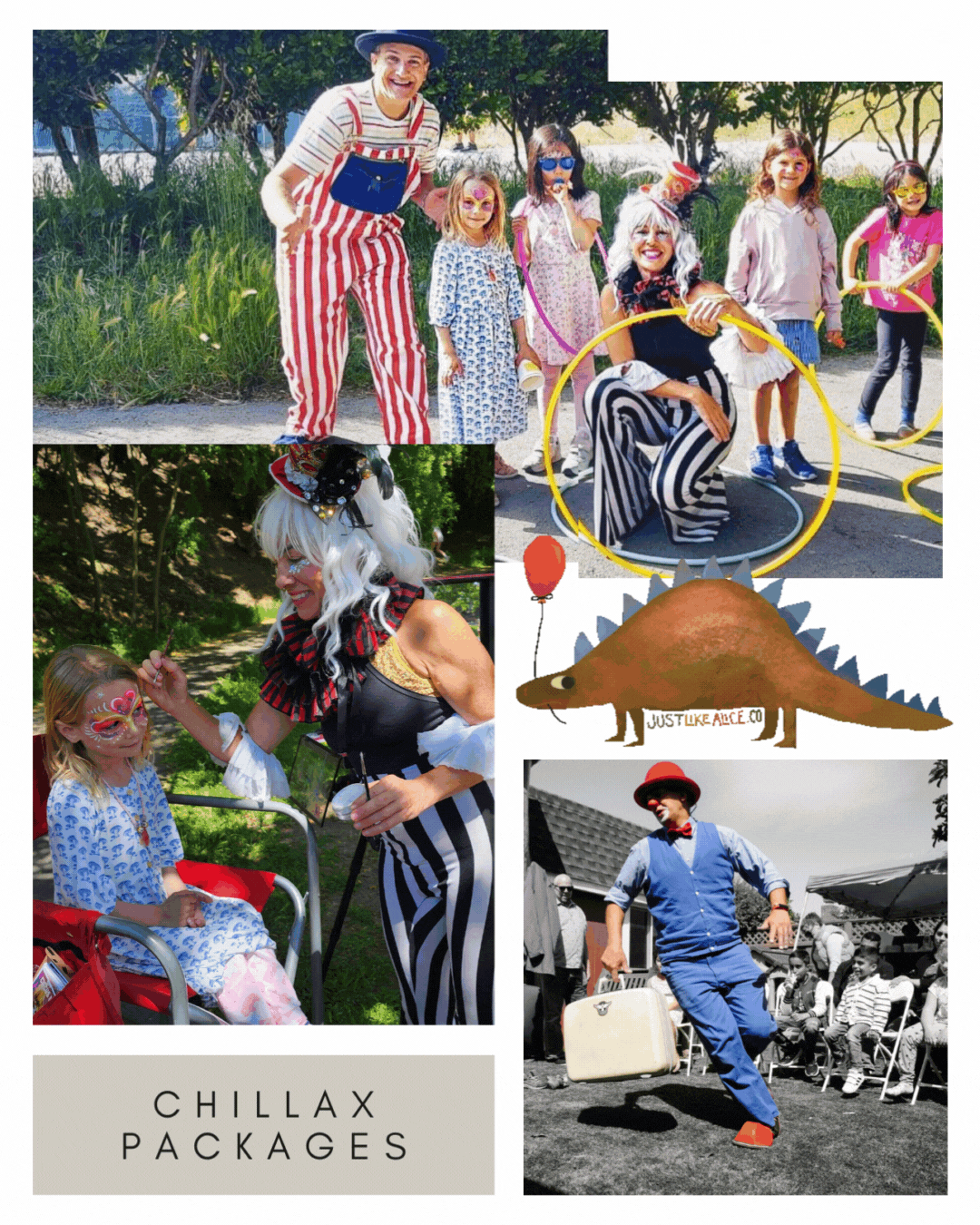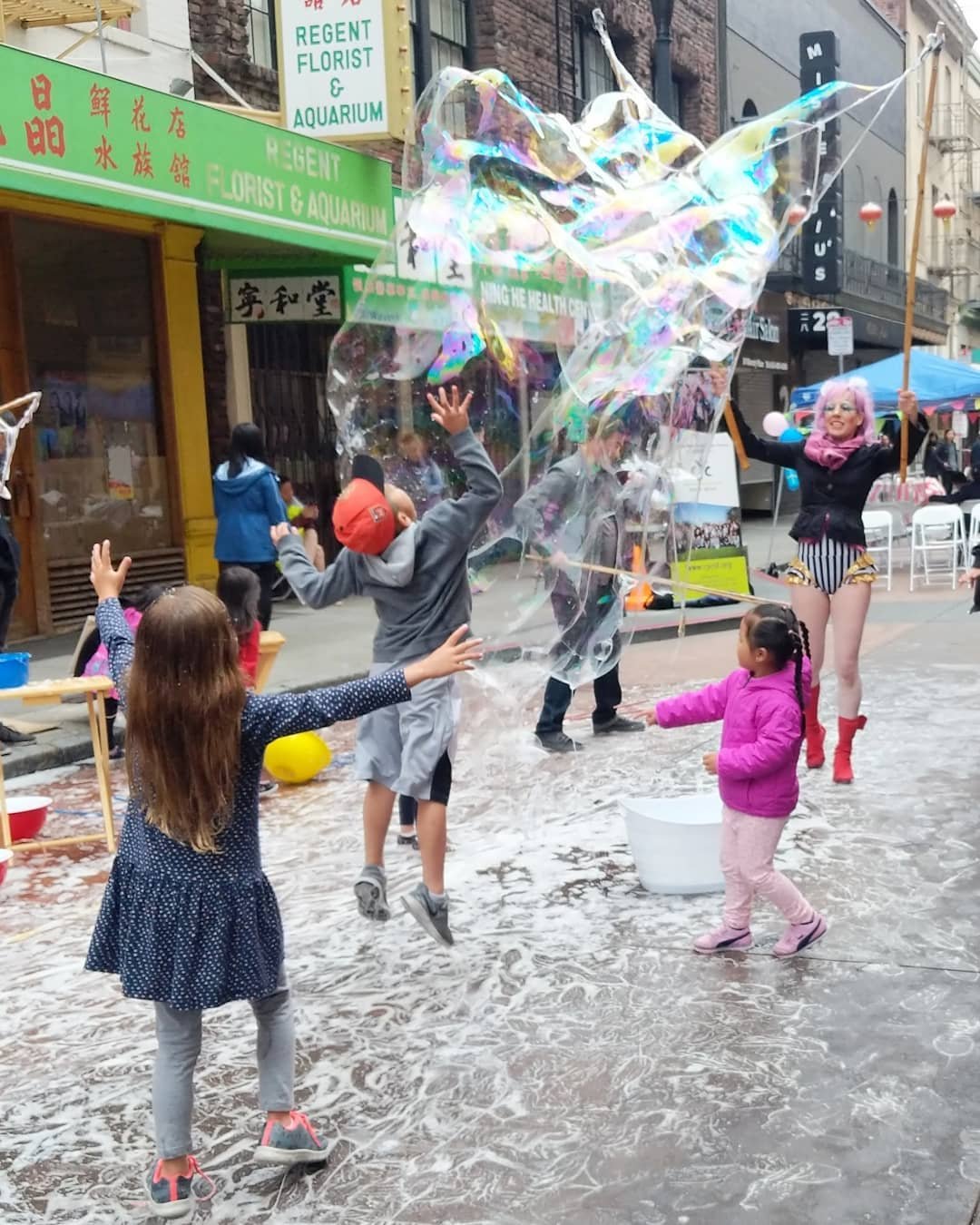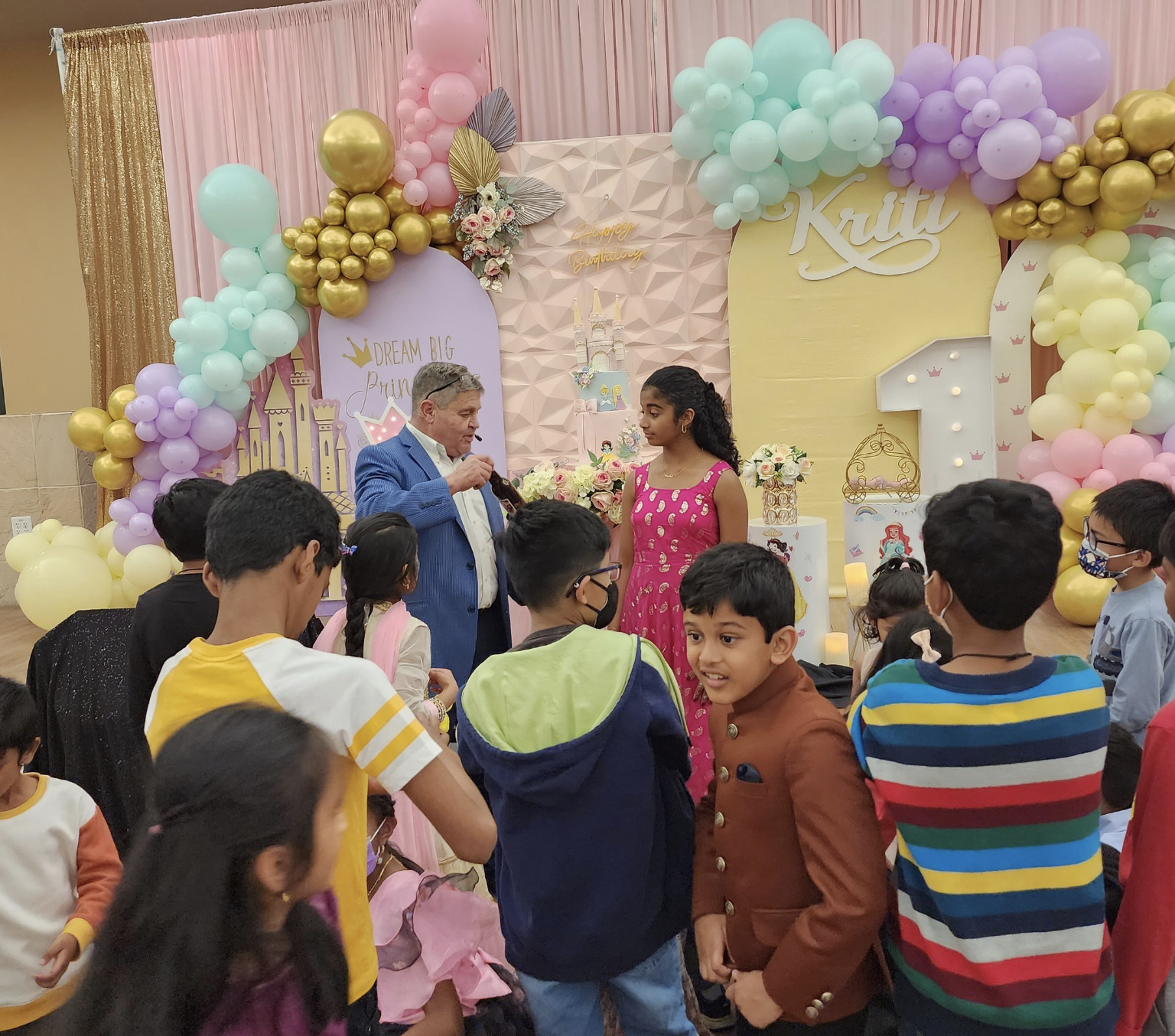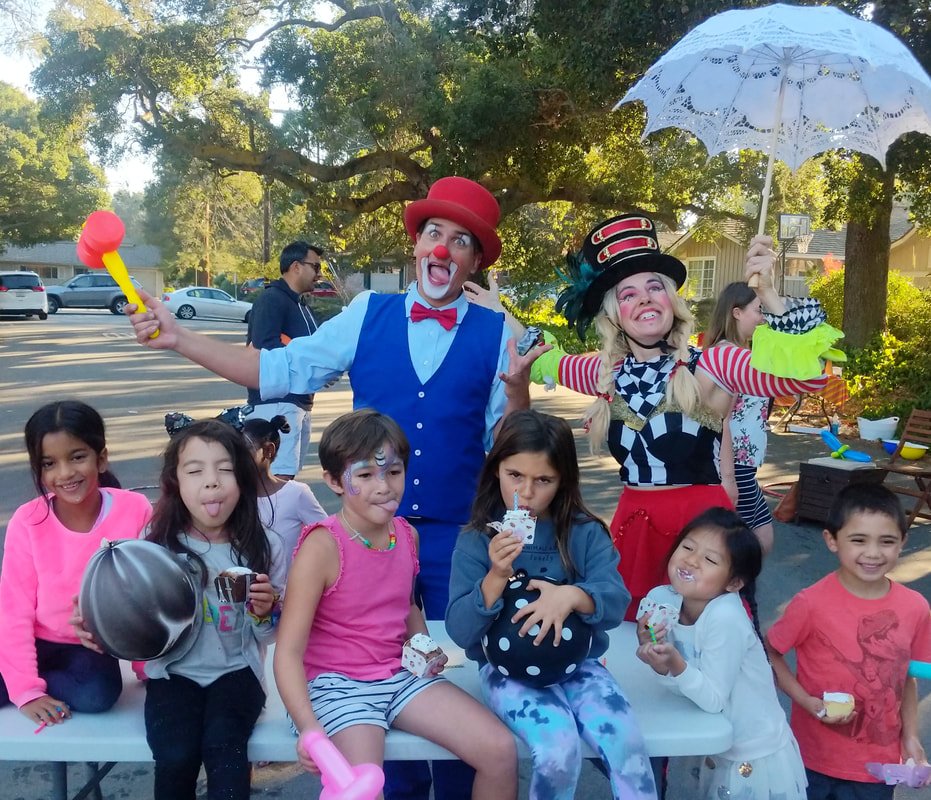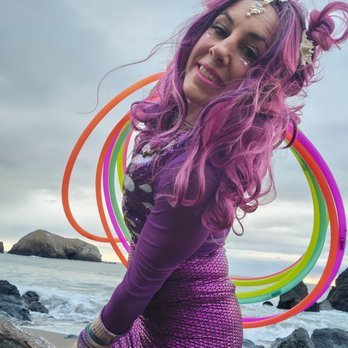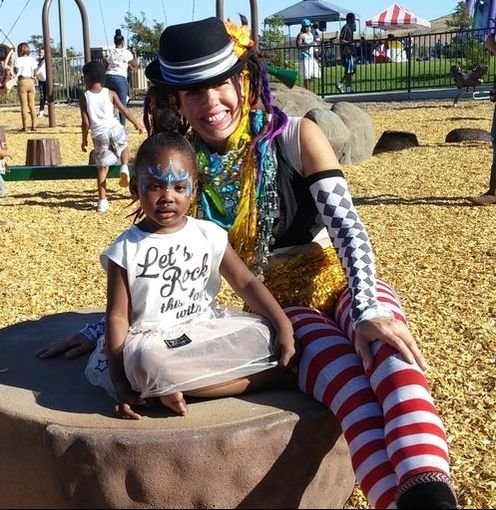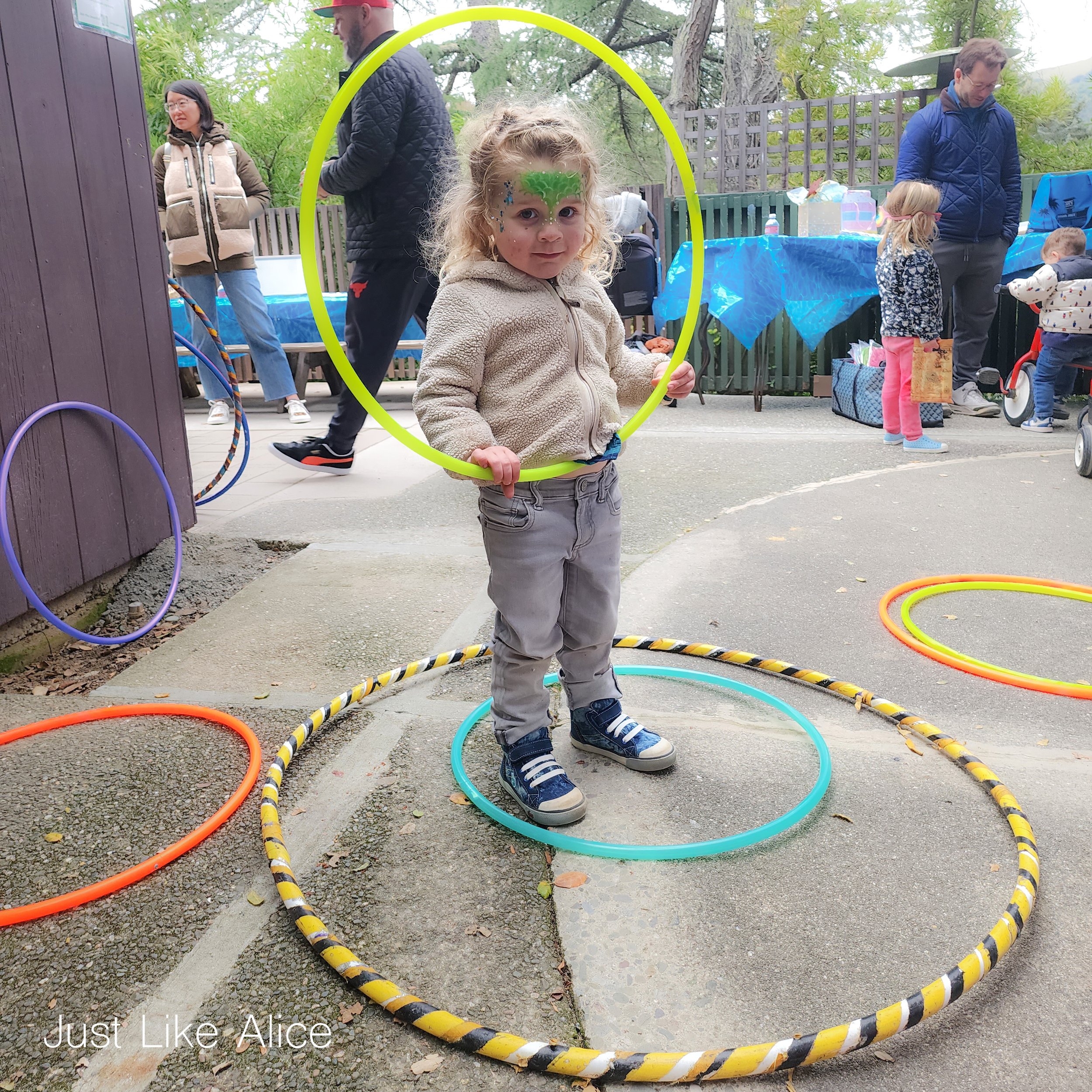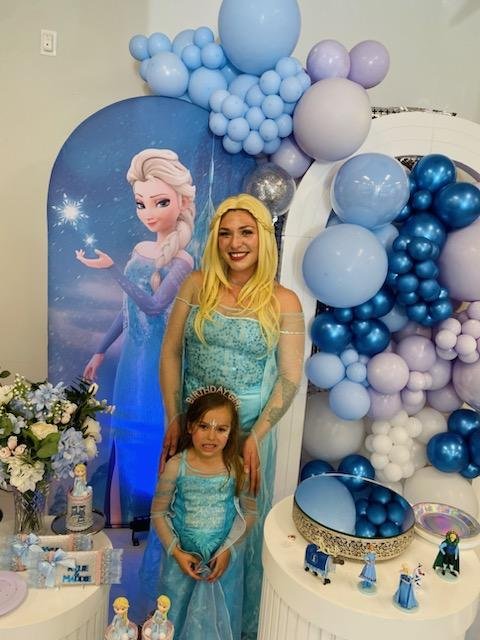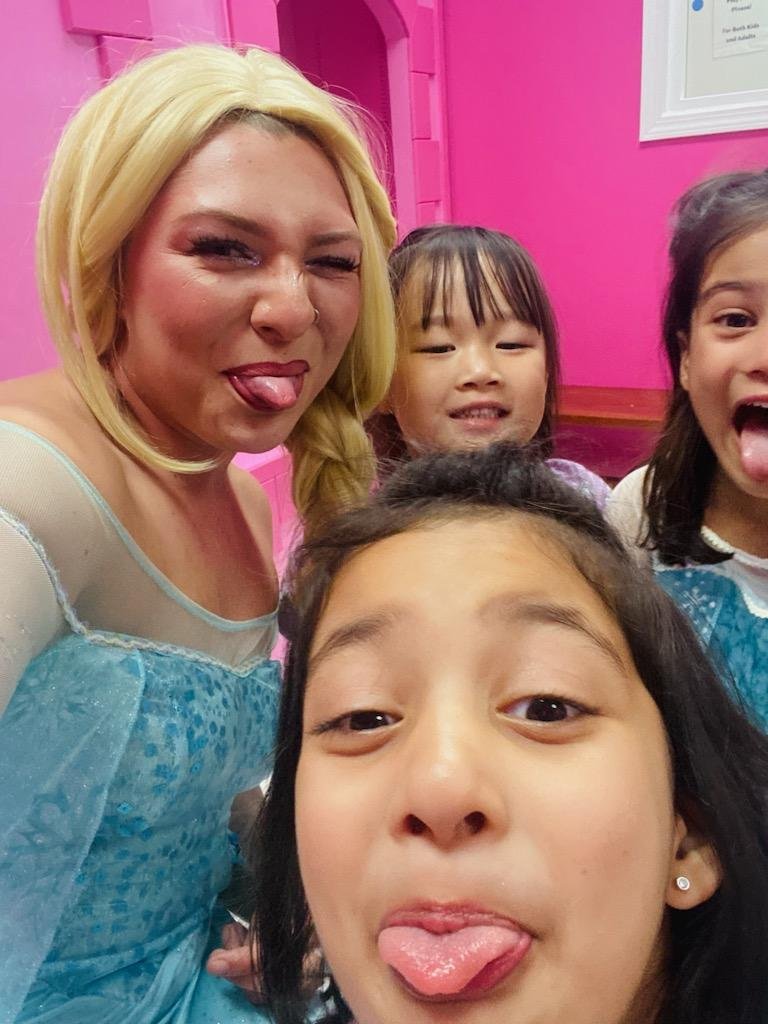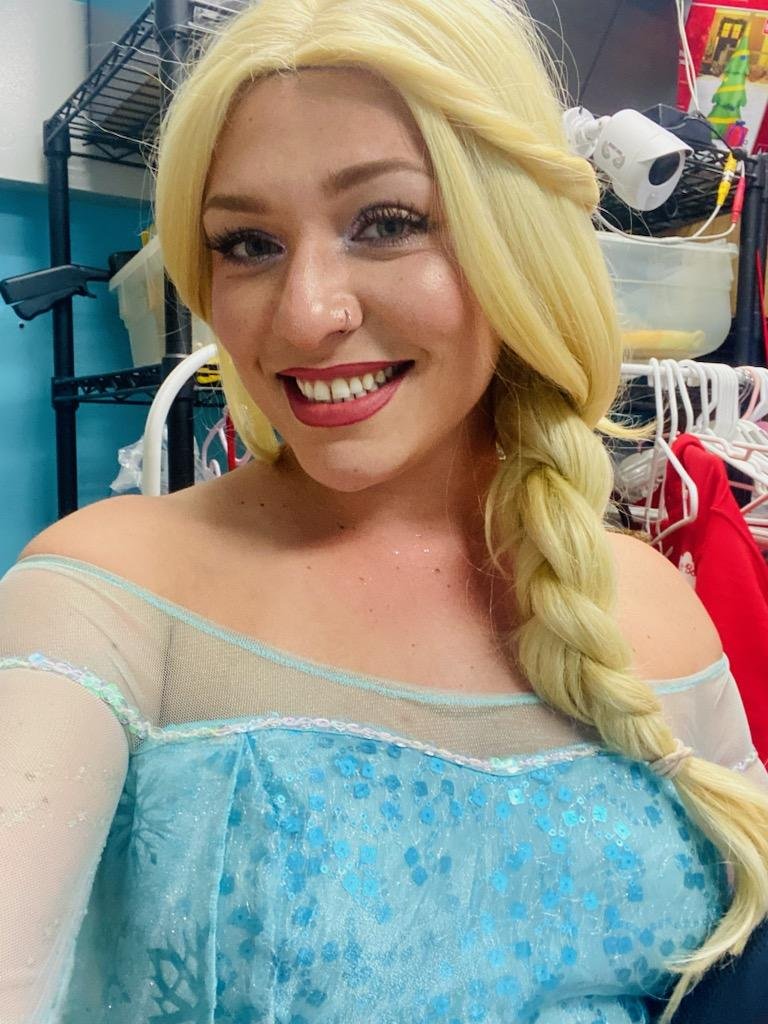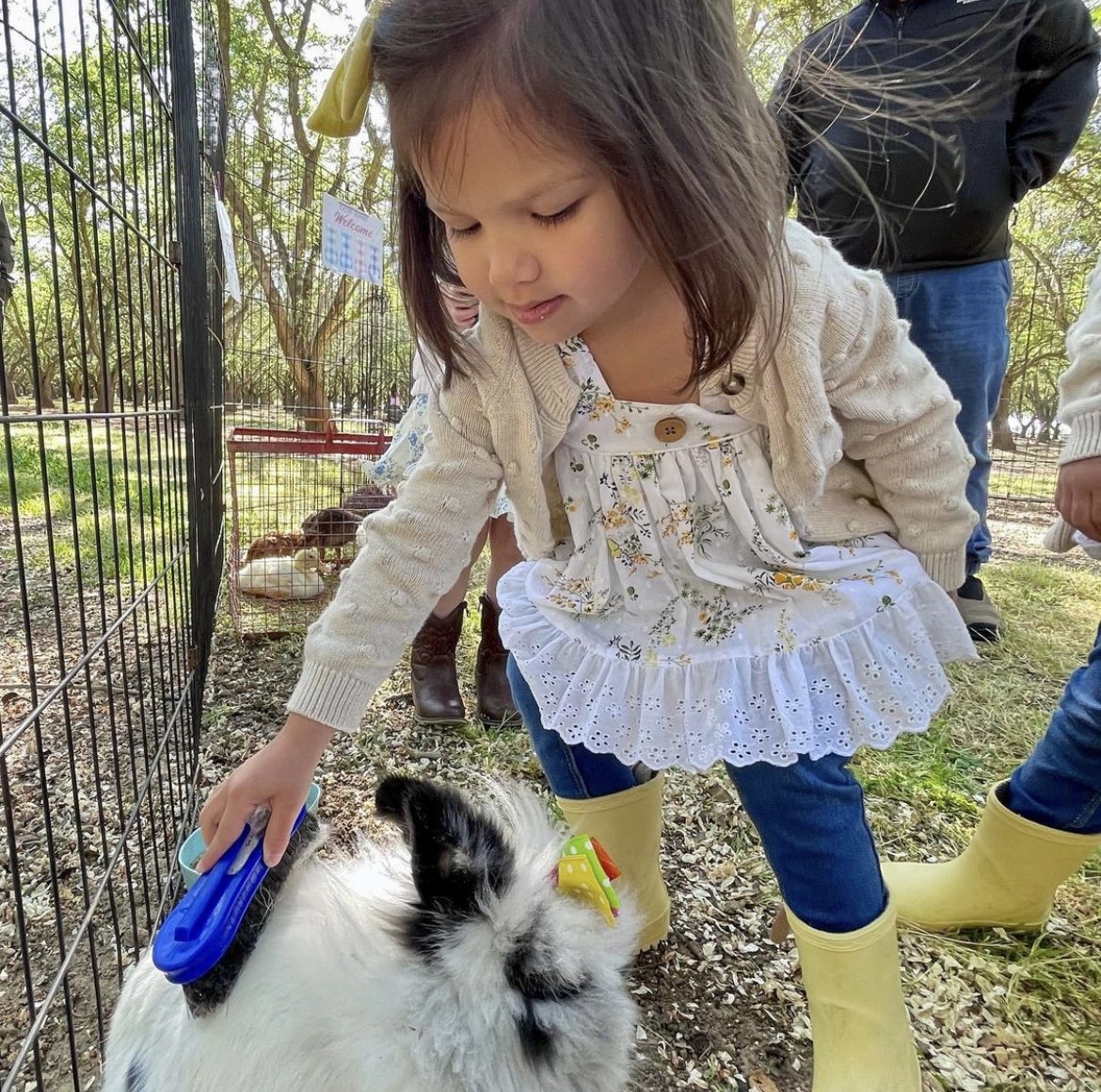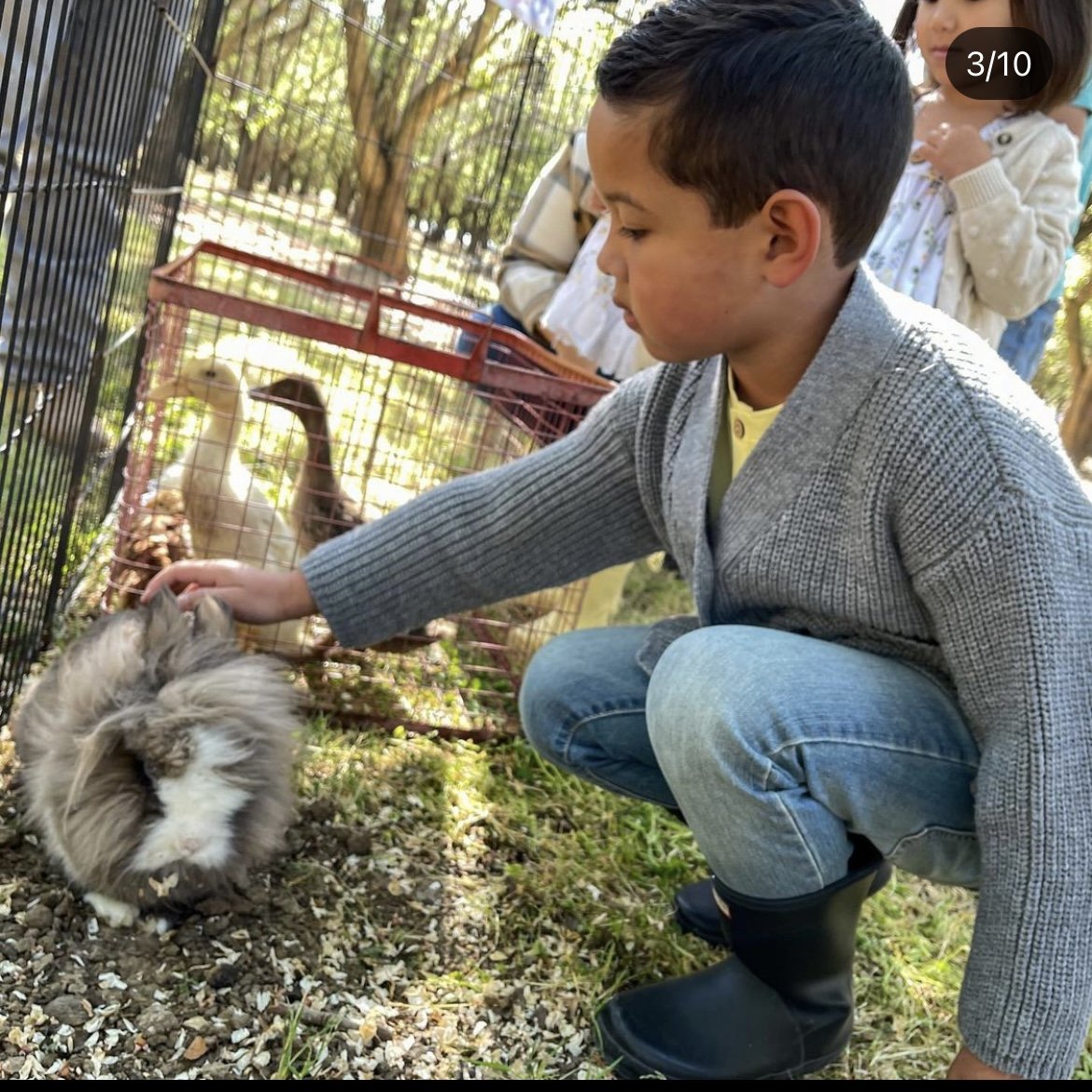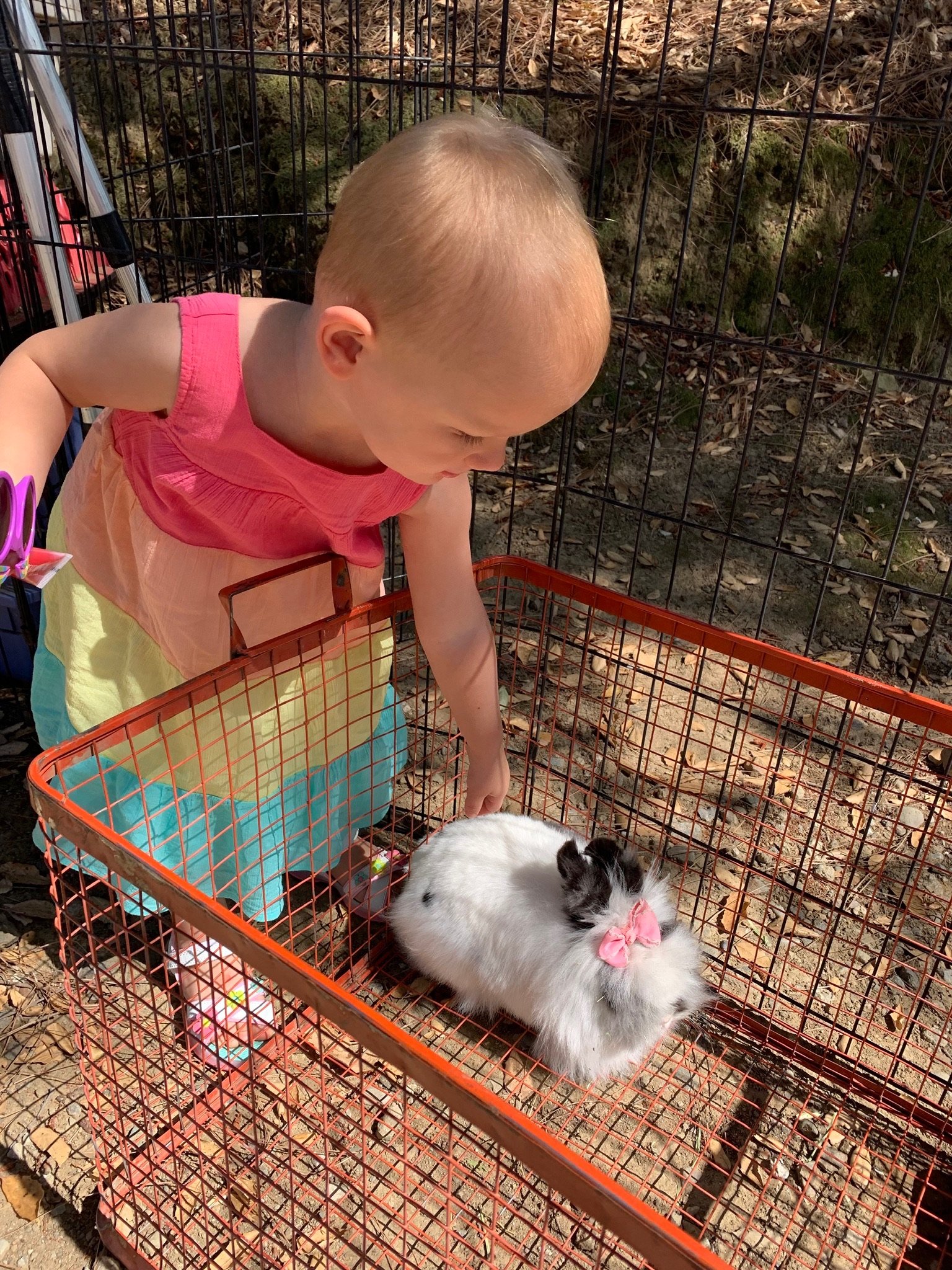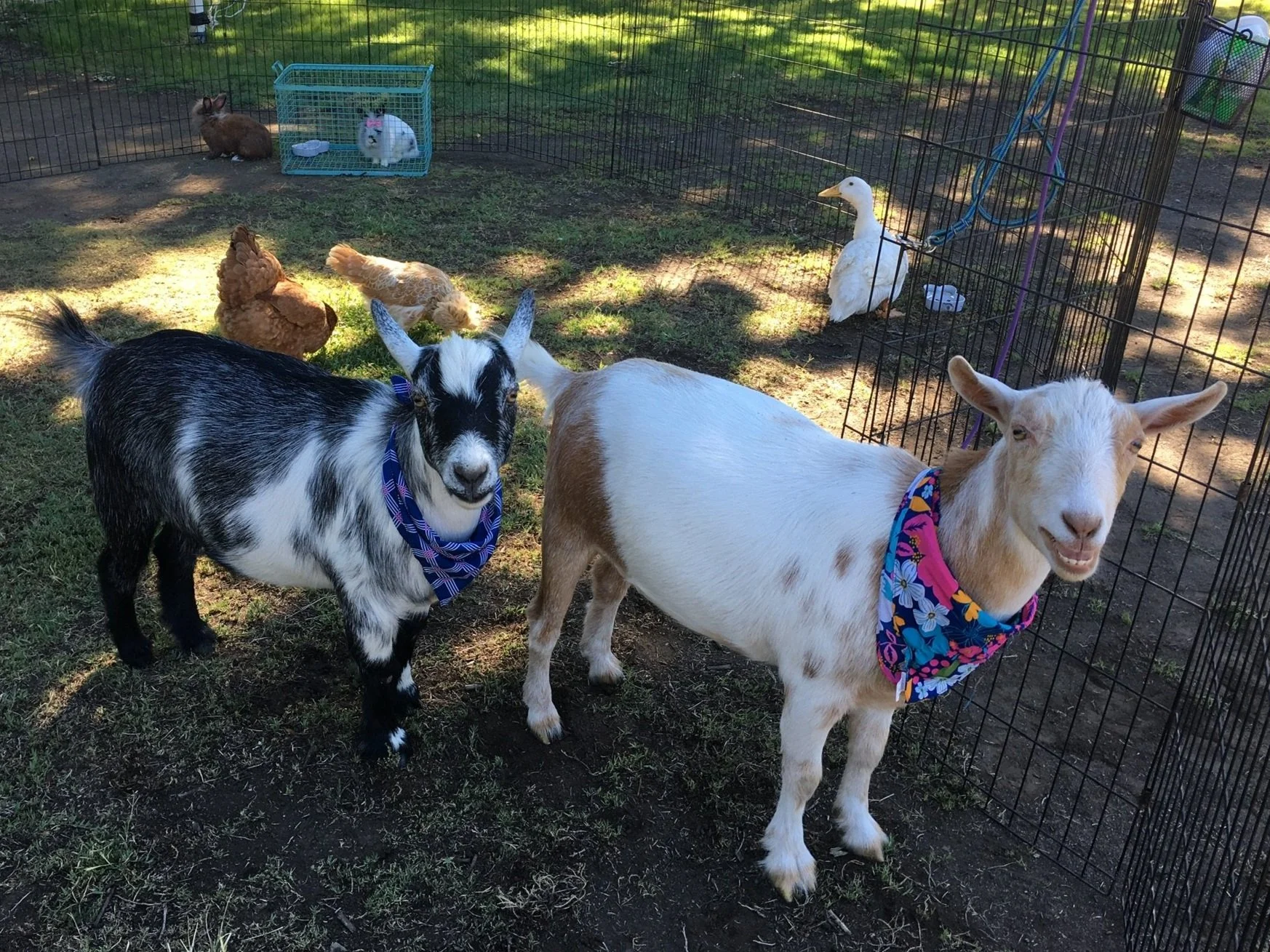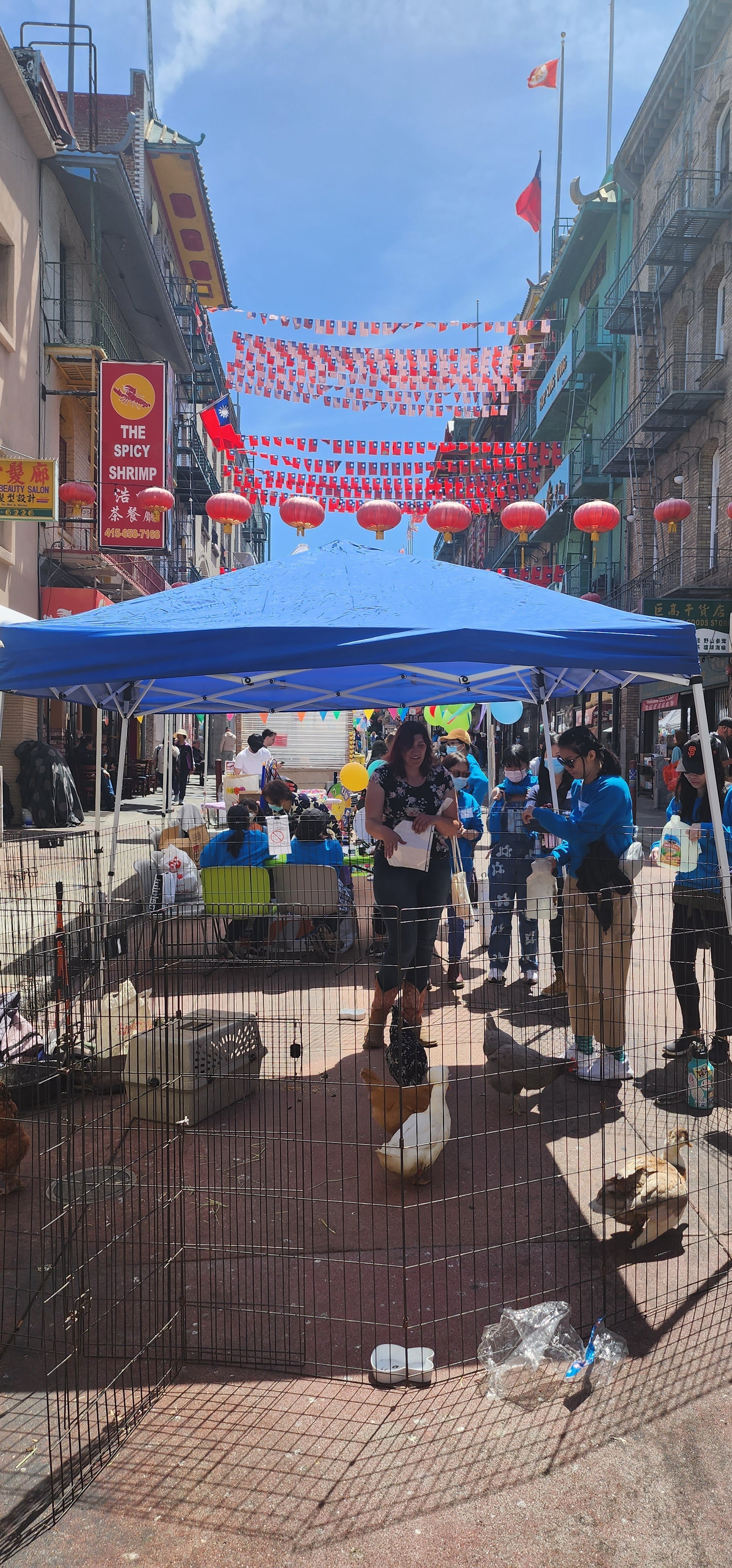 Image 1 of 11
Image 1 of 11

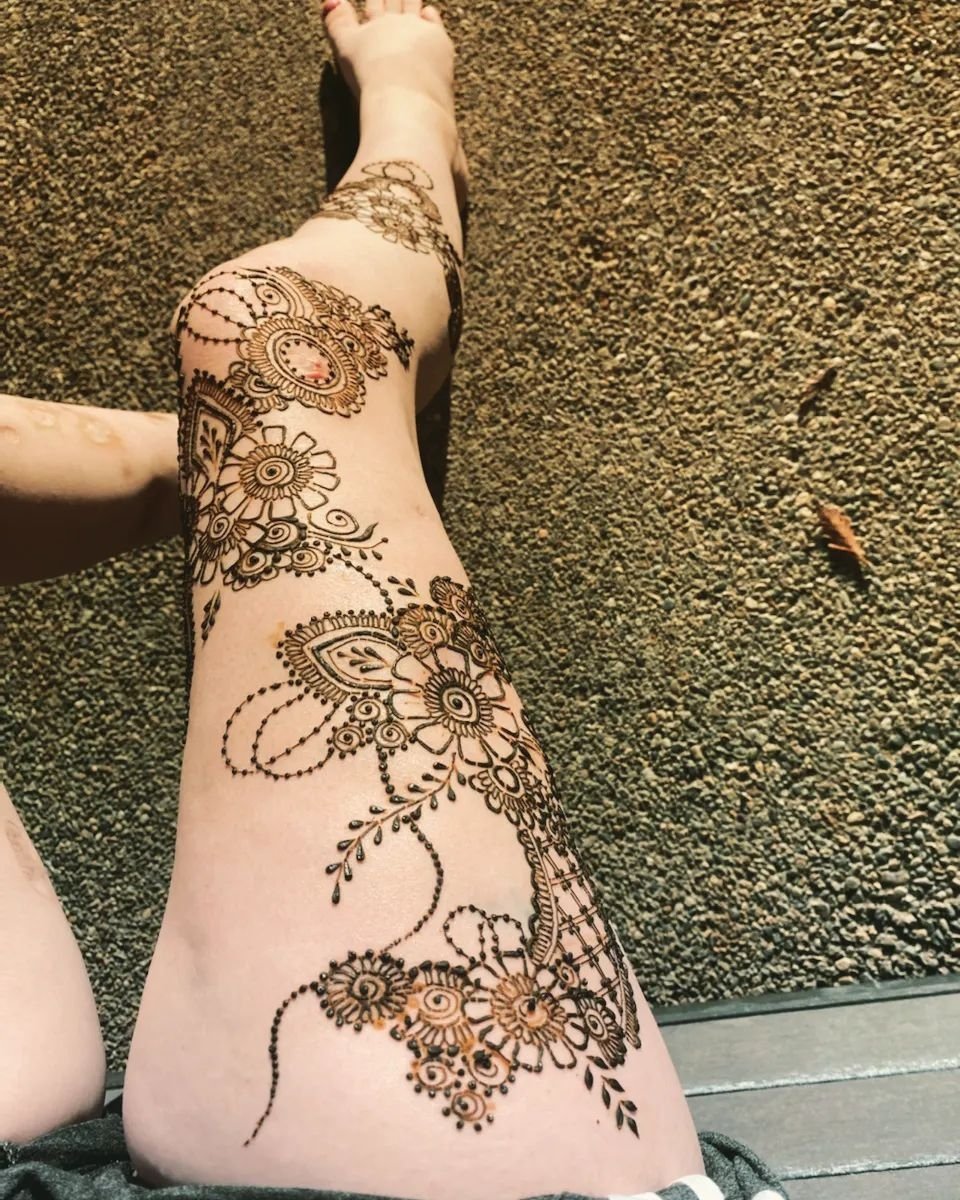 Image 2 of 11
Image 2 of 11

 Image 3 of 11
Image 3 of 11

 Image 4 of 11
Image 4 of 11

 Image 5 of 11
Image 5 of 11

 Image 6 of 11
Image 6 of 11

 Image 7 of 11
Image 7 of 11

 Image 8 of 11
Image 8 of 11

 Image 9 of 11
Image 9 of 11

 Image 10 of 11
Image 10 of 11

 Image 11 of 11
Image 11 of 11












Henna Mehndi
Mehndi is a form of body art and temporary skin decoration originating in ancient Egypt, usually drawn on hands or legs. This beautiful henna art form is also an Indian wedding tradition.
Introduction to Mehndi
Mehndi, otherwise known as henna, is a paste associated with positive spirits and good luck. Indian Wedding tradition calls for a Mehndi ceremony to be held the night before the wedding as a way of wishing the bride good health and prosperity as she makes her journey on to marriage. The Mehndi Ceremony is organized by the Bride’s family bringing together the female components of each side. While Mehndi is mainly for females, male relatives are invited to join in on the party that comes after the Bride has completed her henna. The core significance of applying Mehndi is to utilize its natural medicinal herbal remedies, cooling the body and relieving the Bride of any stress before her big day. Henna is applied to both the hands and the feet as a means of cooling the nerve-endings of the body, preventing the nerves from tensing up.
Mehndi Designs
The Bride’s family either calls a Mehndi/Henna Artist to come to their home or a family relative to create designs for the Bride and her guests. While traditionally Indian Vedic Mehndi designs were applied to the Bride, nowadays Brides call inspiration from Indo-Arabic and Arabic designs to adorn their hands and feet. You may find that certain artists include animals, nature elements, Hindu Gods, or even the Bride and Groom represented with names or figures. After applying the Mehndi, the Bride must wait for the Henna to stain her hands and feet to create lasting designs. It is commonly believed among Indian tradition that the darker the color of the Bride’s Mehndi, the more her husband will love her.
We love our Mehndi artists!
Mehndi Party
Modern Indian Weddings have adopted a new tradition of adding song and dance to the traditionally Mehndi Ceremony. Family members will join together and perform choreographed dances for the Bride and later bring the Bride on the dance floor to celebrate her upcoming wedding. In many ways, the Mehndi serves as a second Sangeet, bringing families together to celebrate the couple before they tie the knot.
Rates: $150 / hour plus travel based on mileage. Our artists are located in Santa Cruz, San Jose, and Sacramento. The mileage is based on travel from these locations. Anything over 10 miles is $.75 cents/mile.
Here is a travel fee example. The artist is traveling 150 miles RT - 10 miles for the 10 mile stipend = 140 x .75 = $105 for travel. Total miles - 10 x .75 = travel fee. Your talent agent will be happy to assist determining the rate for travel.
Mehndi is a form of body art and temporary skin decoration originating in ancient Egypt, usually drawn on hands or legs. This beautiful henna art form is also an Indian wedding tradition.
Introduction to Mehndi
Mehndi, otherwise known as henna, is a paste associated with positive spirits and good luck. Indian Wedding tradition calls for a Mehndi ceremony to be held the night before the wedding as a way of wishing the bride good health and prosperity as she makes her journey on to marriage. The Mehndi Ceremony is organized by the Bride’s family bringing together the female components of each side. While Mehndi is mainly for females, male relatives are invited to join in on the party that comes after the Bride has completed her henna. The core significance of applying Mehndi is to utilize its natural medicinal herbal remedies, cooling the body and relieving the Bride of any stress before her big day. Henna is applied to both the hands and the feet as a means of cooling the nerve-endings of the body, preventing the nerves from tensing up.
Mehndi Designs
The Bride’s family either calls a Mehndi/Henna Artist to come to their home or a family relative to create designs for the Bride and her guests. While traditionally Indian Vedic Mehndi designs were applied to the Bride, nowadays Brides call inspiration from Indo-Arabic and Arabic designs to adorn their hands and feet. You may find that certain artists include animals, nature elements, Hindu Gods, or even the Bride and Groom represented with names or figures. After applying the Mehndi, the Bride must wait for the Henna to stain her hands and feet to create lasting designs. It is commonly believed among Indian tradition that the darker the color of the Bride’s Mehndi, the more her husband will love her.
We love our Mehndi artists!
Mehndi Party
Modern Indian Weddings have adopted a new tradition of adding song and dance to the traditionally Mehndi Ceremony. Family members will join together and perform choreographed dances for the Bride and later bring the Bride on the dance floor to celebrate her upcoming wedding. In many ways, the Mehndi serves as a second Sangeet, bringing families together to celebrate the couple before they tie the knot.
Rates: $150 / hour plus travel based on mileage. Our artists are located in Santa Cruz, San Jose, and Sacramento. The mileage is based on travel from these locations. Anything over 10 miles is $.75 cents/mile.
Here is a travel fee example. The artist is traveling 150 miles RT - 10 miles for the 10 mile stipend = 140 x .75 = $105 for travel. Total miles - 10 x .75 = travel fee. Your talent agent will be happy to assist determining the rate for travel.
